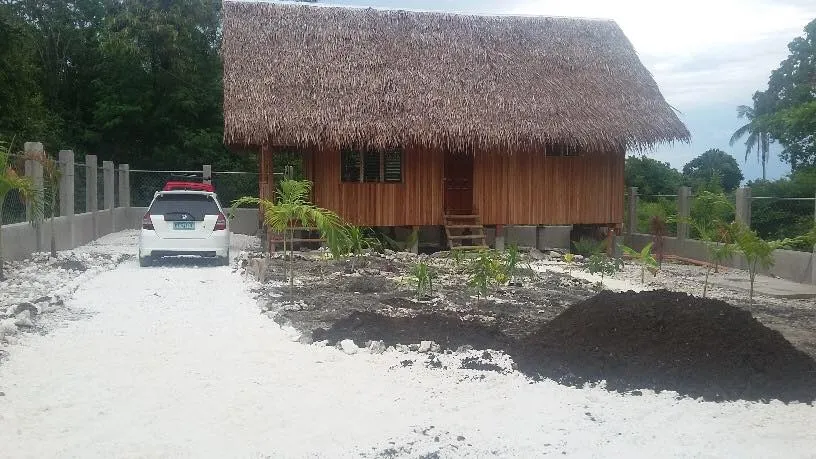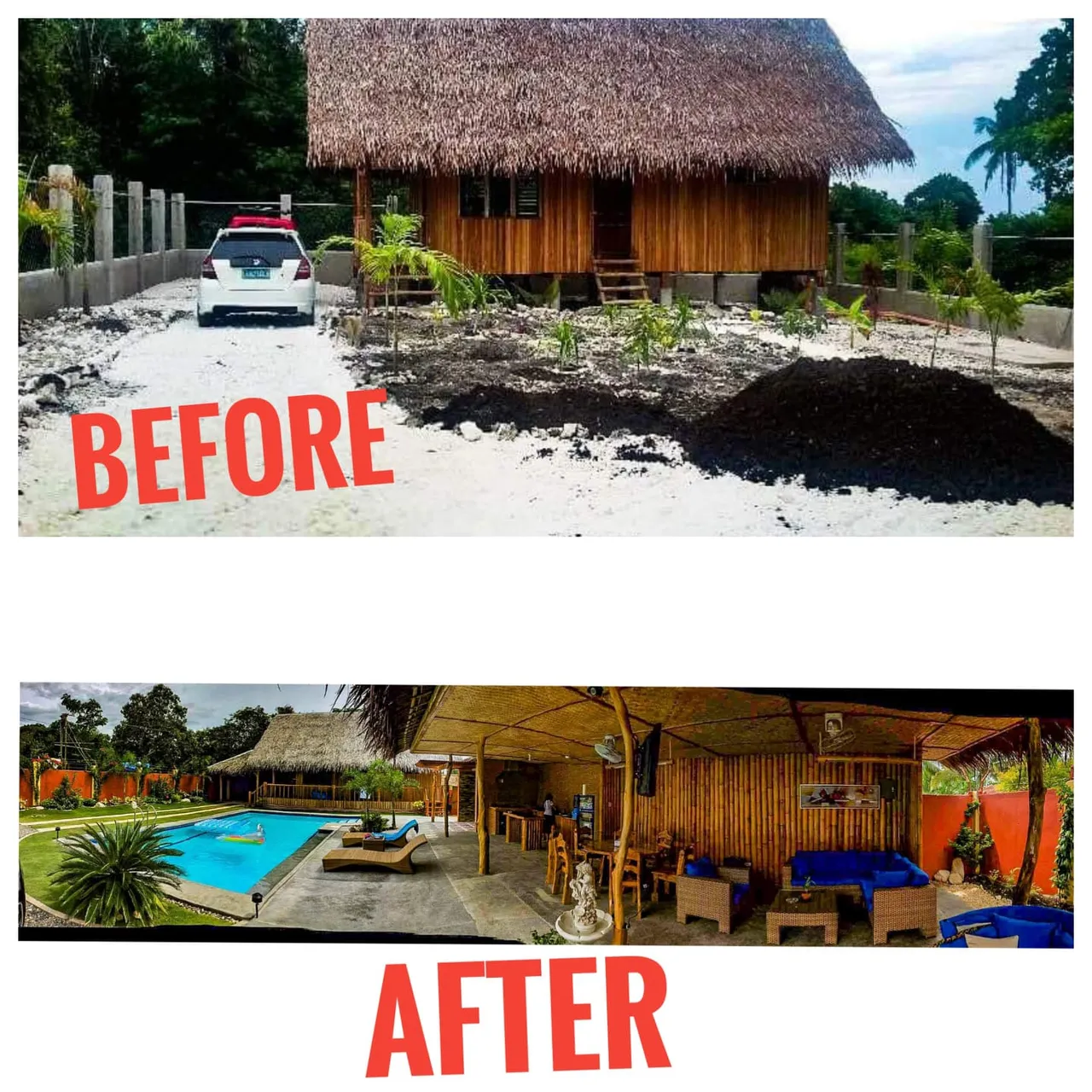
I've searched long and hard for these photos of a project I looked after for a friend a few years ago, and it's my first time posting to this community:)
Some of the perks of living in Southeast Asia, the Philippines to be exact, is that it's tropical, cost of living is cheaper, labour and materials to build your house might be cheaper, and it is safe to a certain extent.
The big question is:
Would you trade your conventional house for a luxury Nipa Hut - a native Filipino House?
For a friend of mine, a British citizen married to a Filipina, the answer was yes!
While he and family were residing and working outside of the Philippines, they purchased a basic house made of wood with thatch roof, walked me through the land and told me their visions were to have a pool, garage, a gazebo for outdoor dining and of course some landscaping.
In other words:
"Pimp My House, Keep It Native!"
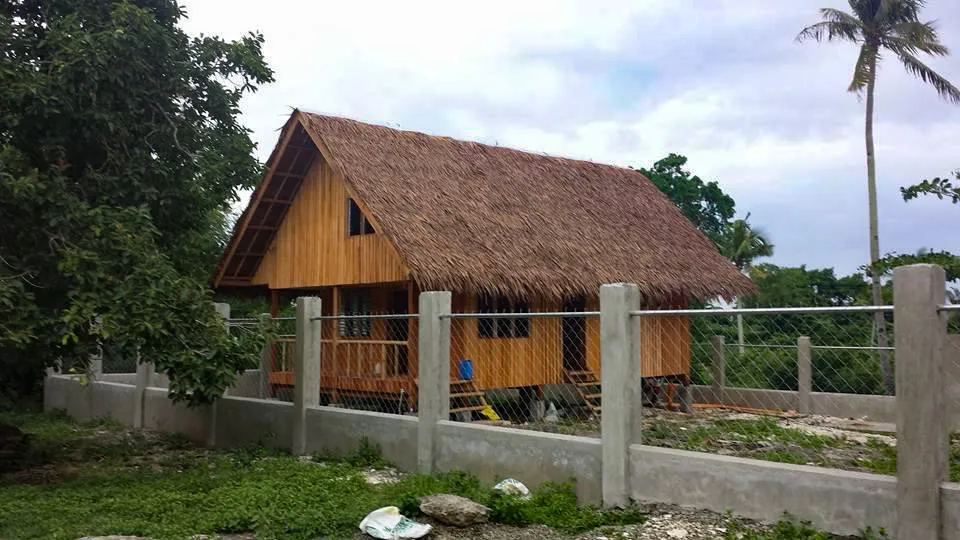
Mission
- Apply for relevant permits (fencing and building) done through a lawyer for ease
- Building architecture plans and blueprints
- Source reliable and registered Engineers for pool and gazebo
- Get Contractors and workers
- Source a professional landscaper
- Familiarize myself with local hardware's, lumberyards and other merchants.
First Things First
- Securing the premises with a gate
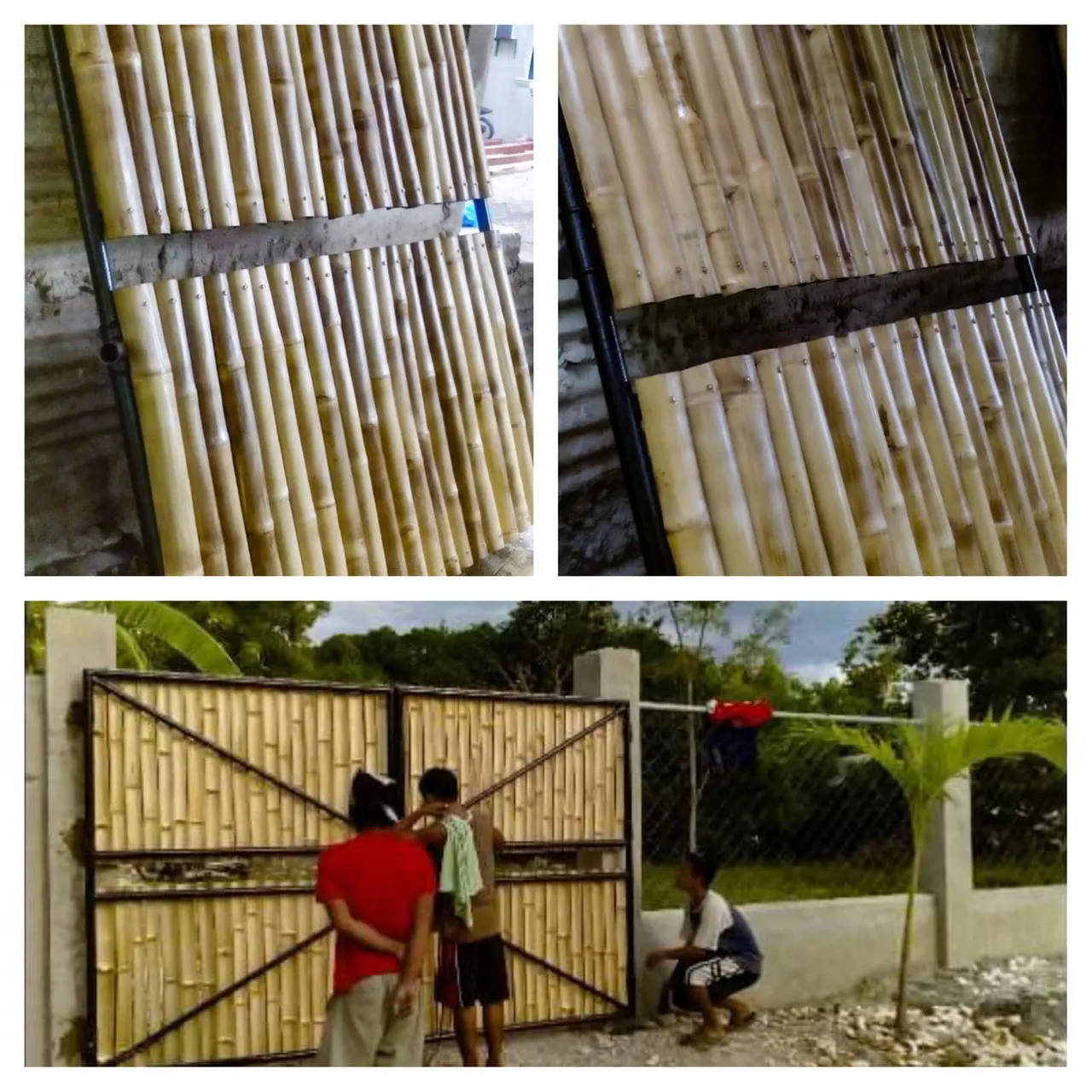
That was a priority because all personal belongings of the family plus building supplies and materials would start arriving soon, and also, a Filipina caretaker would be living on the property as added security.
- Lodging for Caretaker
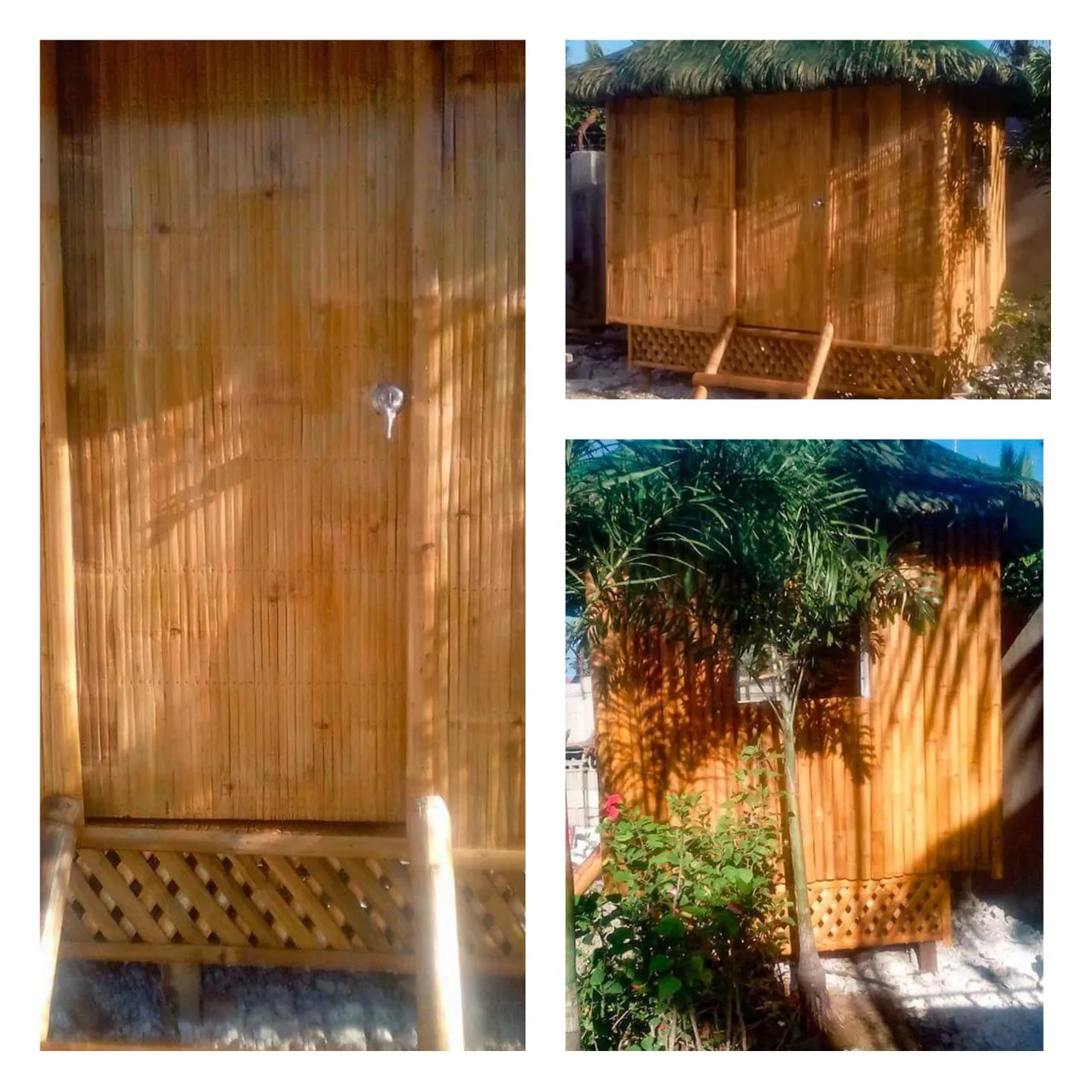
Privacy and Security

With that, the best option was to change these wired fences and build concrete walls around the complex for more privacy and better security.

Extension of terrace to the side of house and building a garage with Laundry at the back
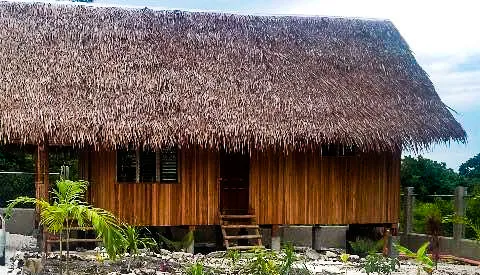
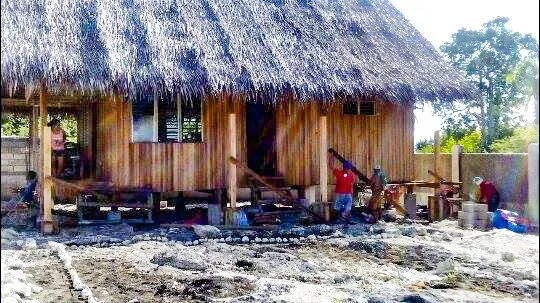
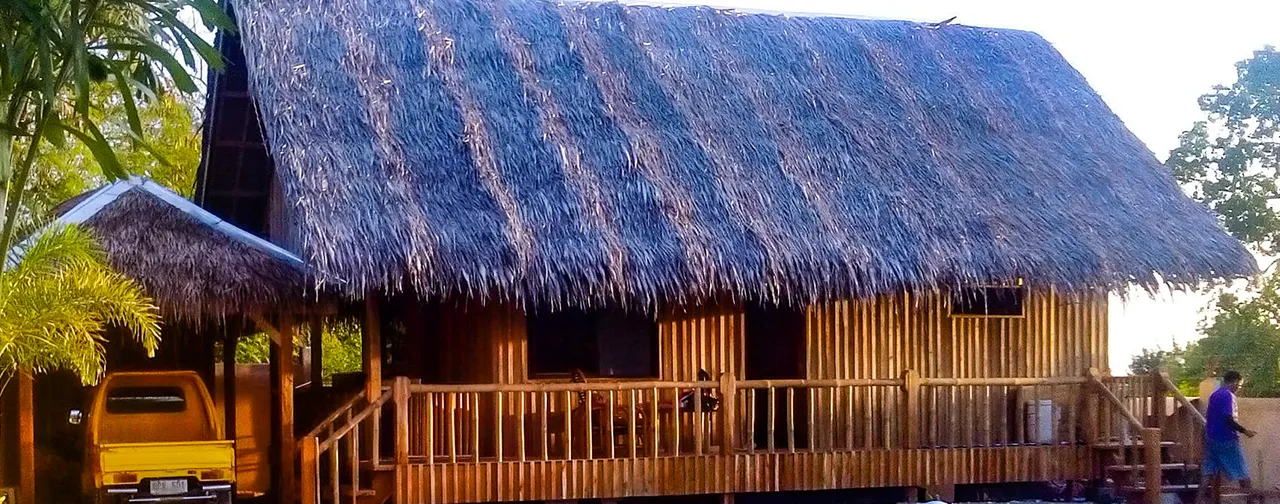
The Land & Soil
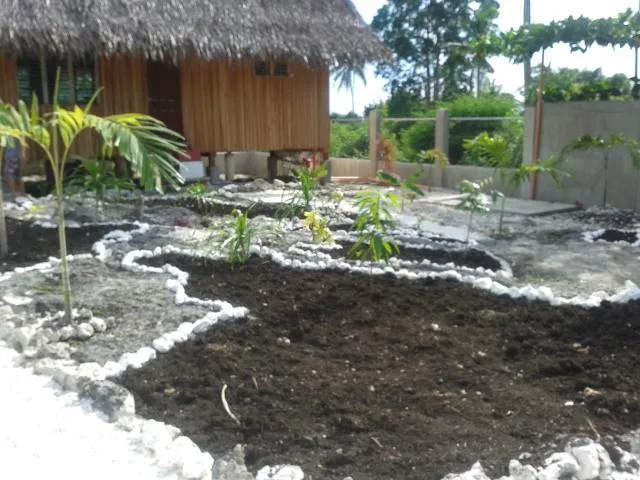
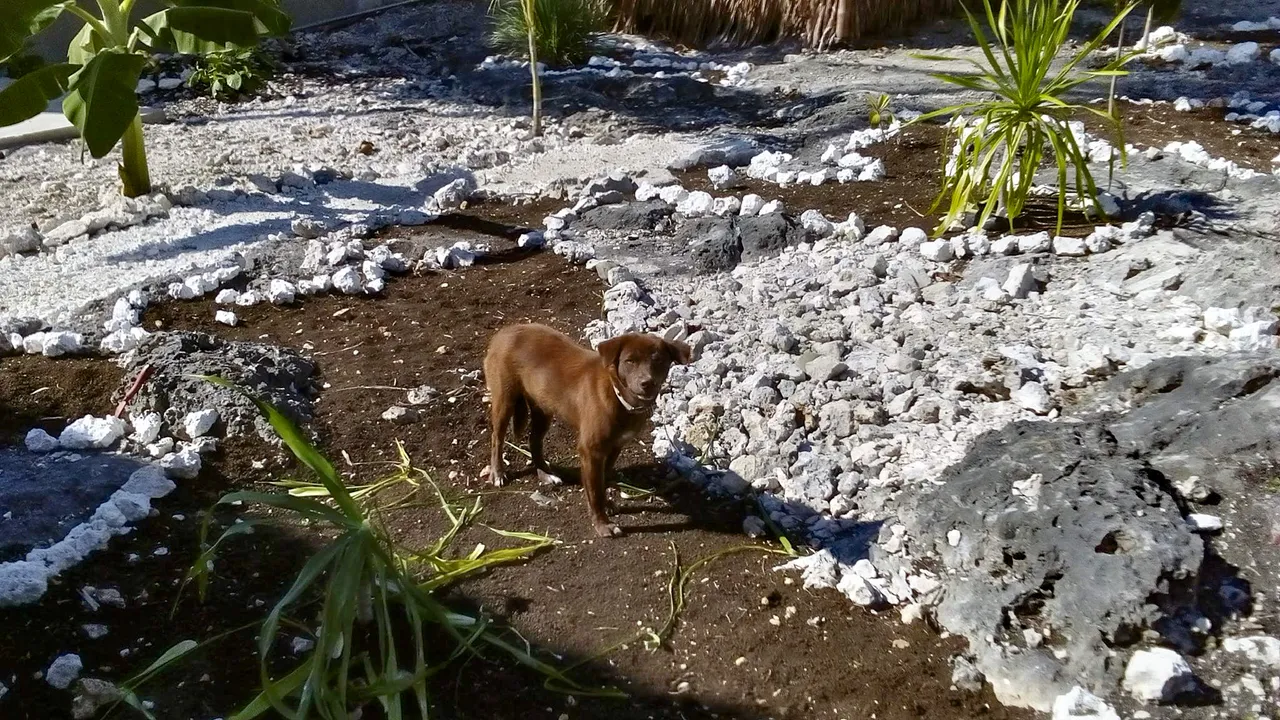
The land and soil in this area is all limestone rocks. This can be troublesome and challenging as well as costly for digging and clearing of the land.
Still the plan is to excavate the land to build a swimming pool, a gazebo, and landscaping, to enhance the entire complex to give it a complete and homely feel.
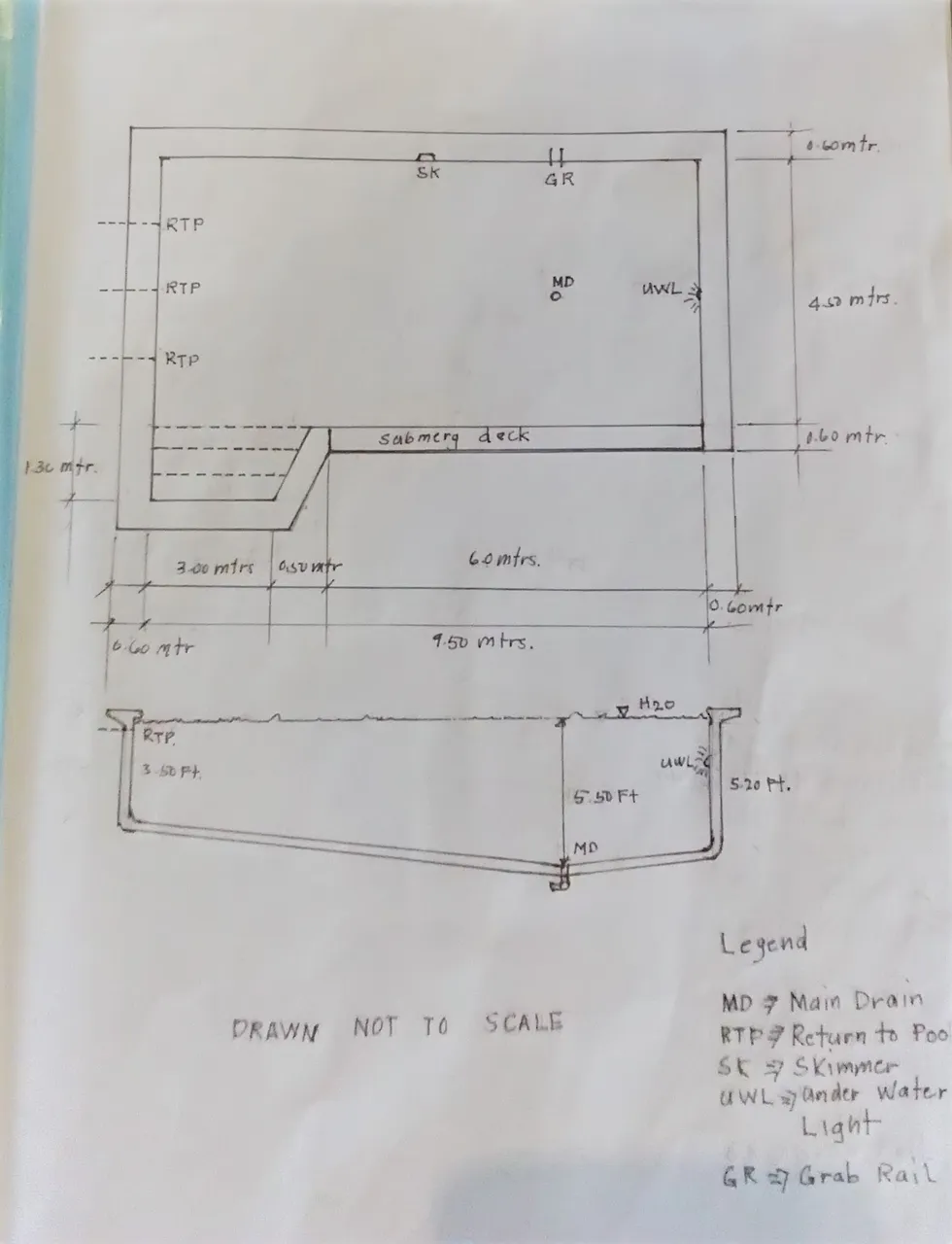

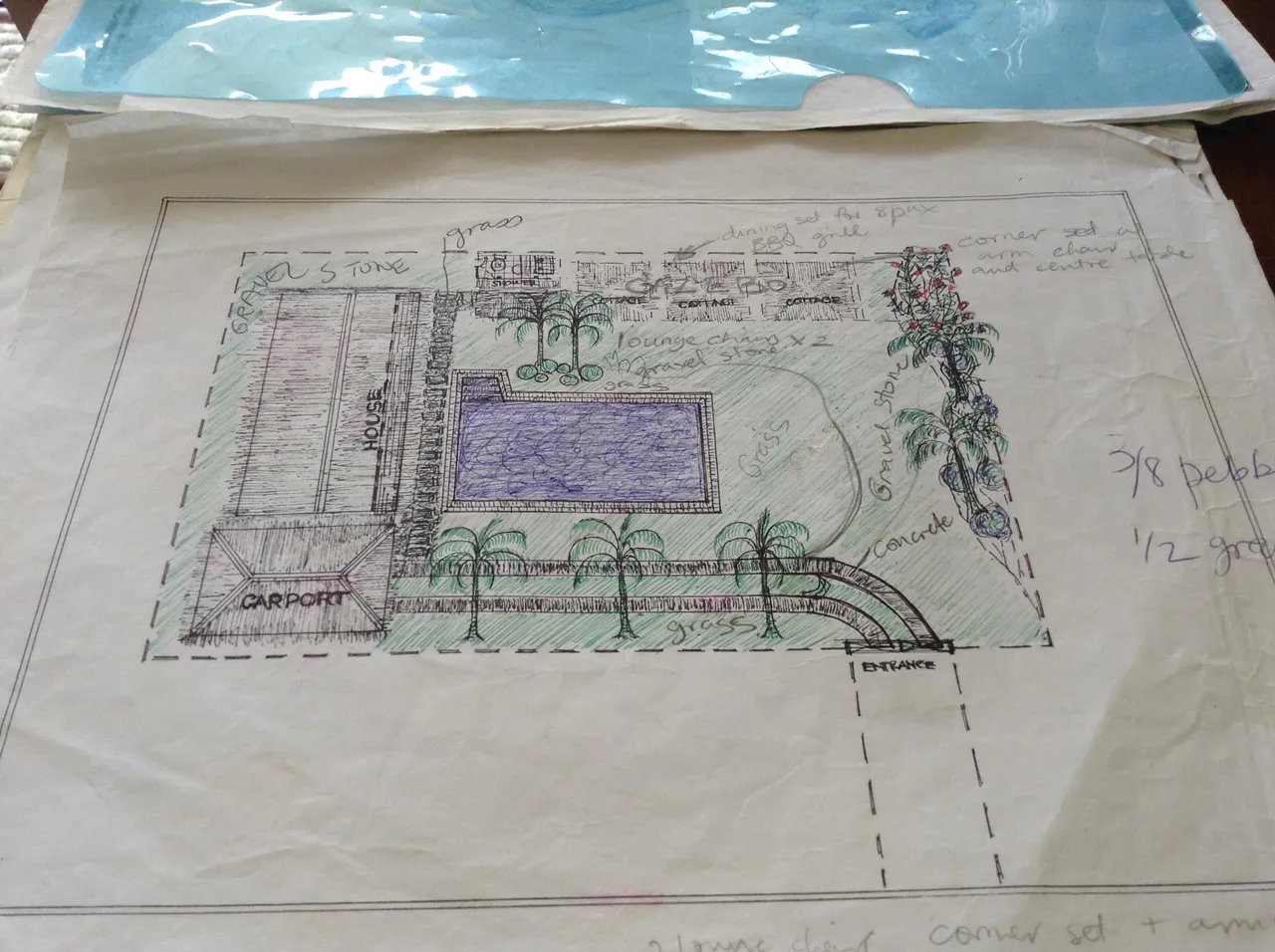
Backhoe vs Jackhammer
Options for digging:
(Here is the only section that I'll include costs because these are flat and basic across the board:
BACKHOE w/ Breaker and Operator: PHP Pesos
Mobilization: 45, 000 set fee
Fuel Deposit 5,000
Fuel Usage (based on daily consumption)
Equip usage 12800 /day (expected 3 - 5 days, from 38,400 - 64,000) depending on the hardness of soil
Plus accommodation and food - A bunk house in the yard and food from the caretaker and a bed.
TOTAL between 88,400 - 114,000
OR
JACKHAMMER with Operator x 3 PHP Pesos
800 x 3 = 2400 daily
approx x 30 - 45 days depending on hardness of soil & weather
TOTAL between 72,000 - 108,000
That was a no-brainer: Of course we went for the backhoe and operator which meant that the job was done quicker and more efficiently.
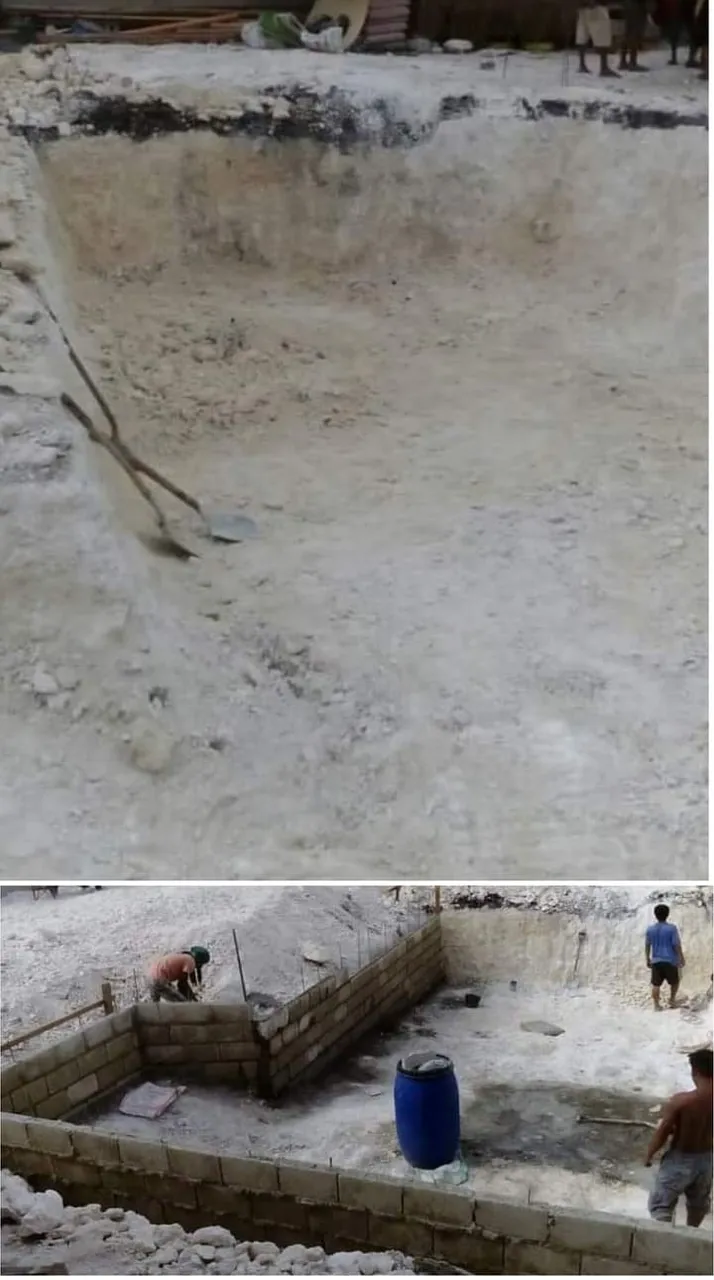
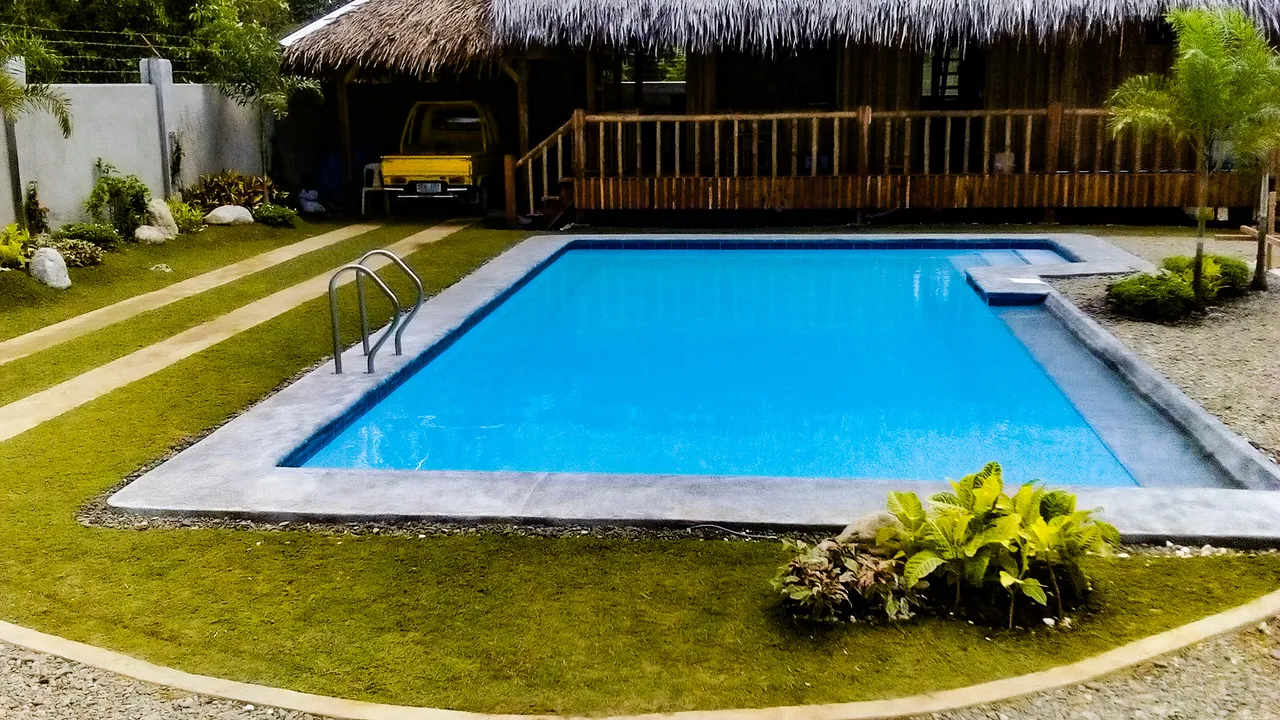
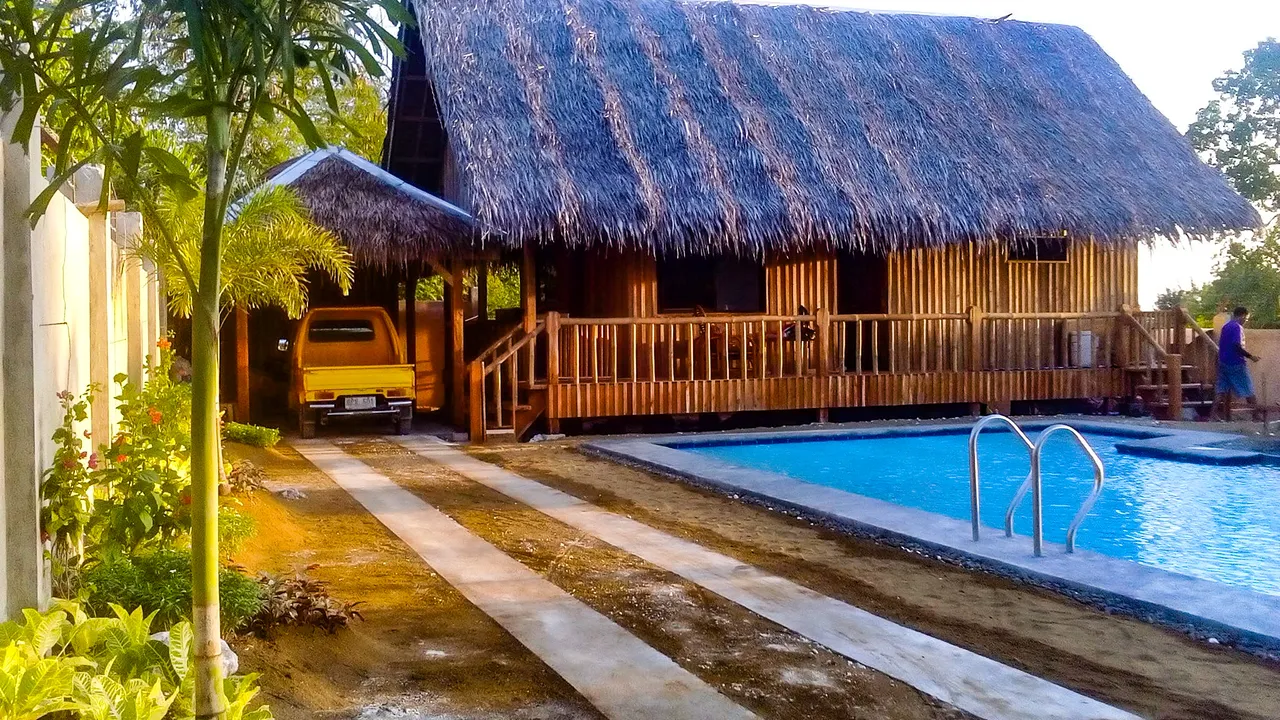

Gazebo & Landscaping
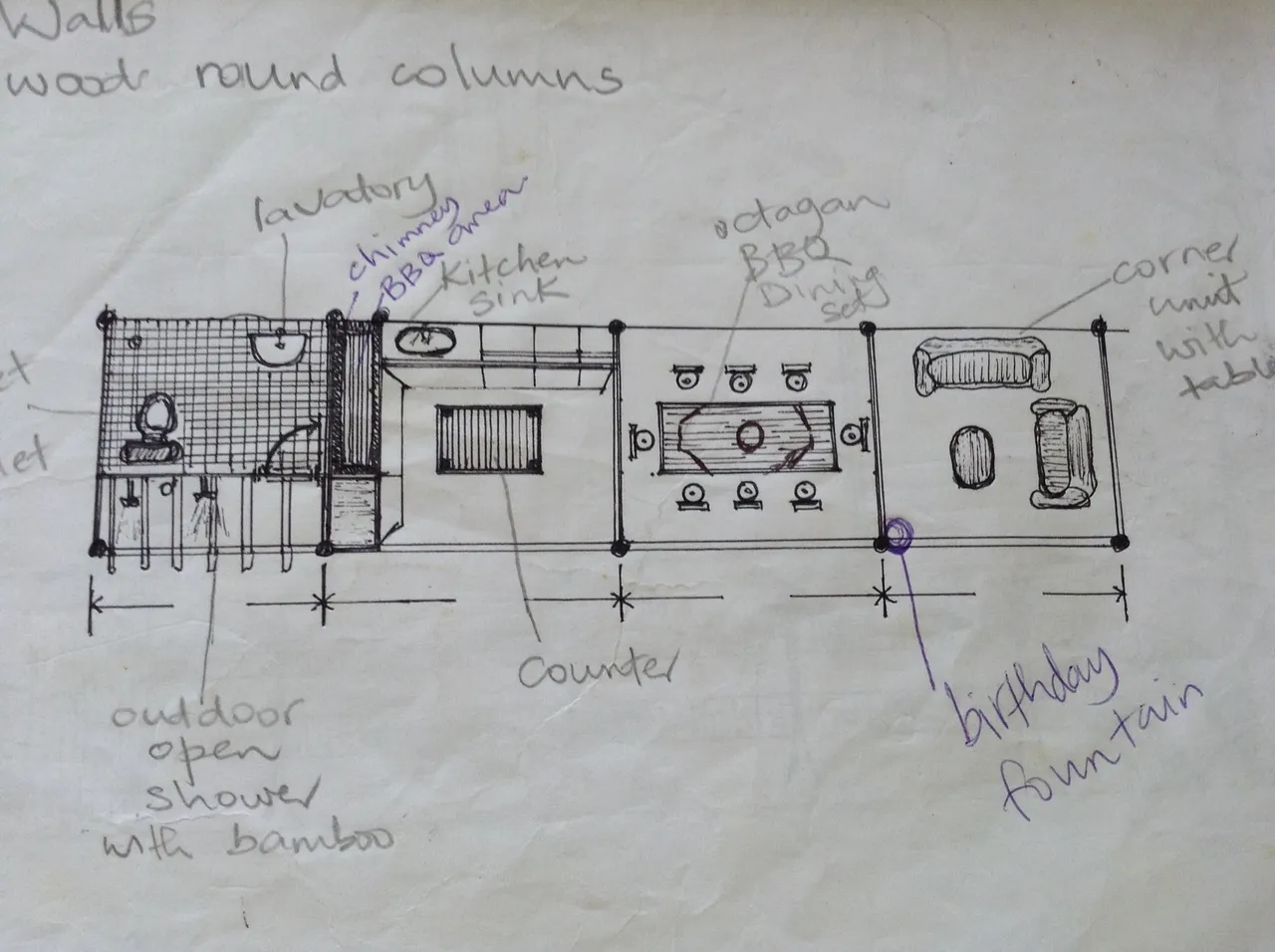
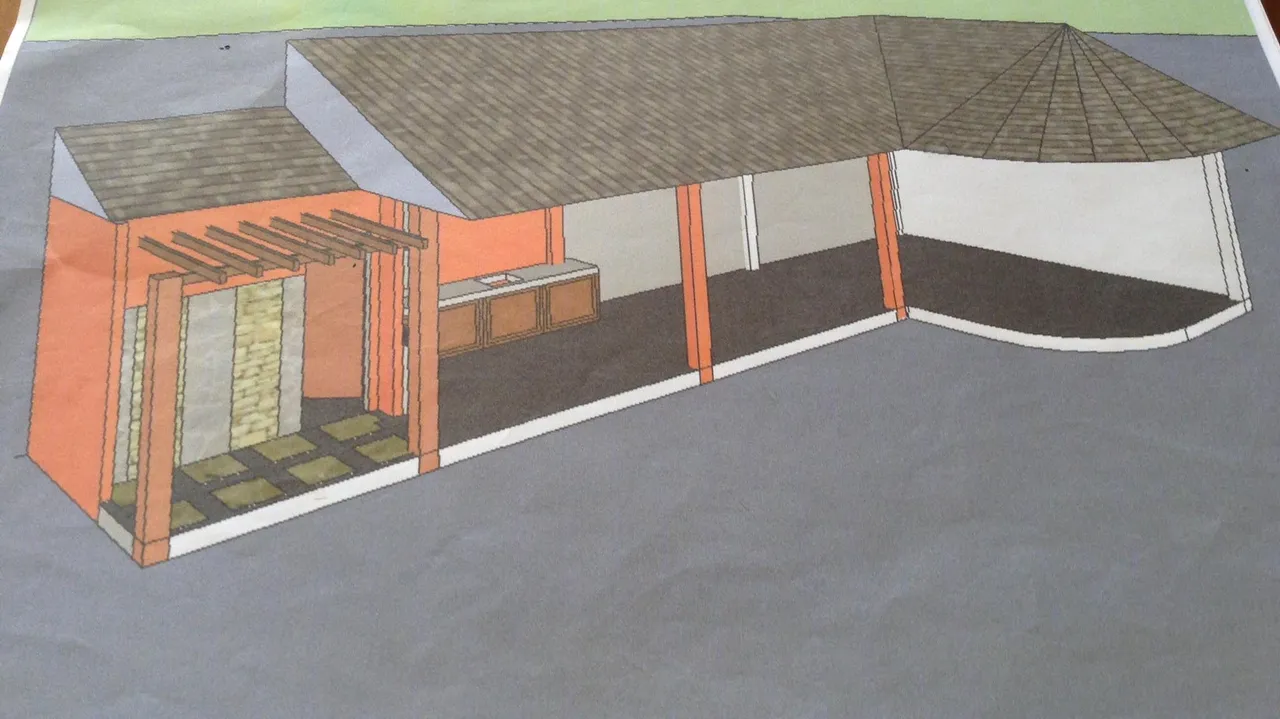

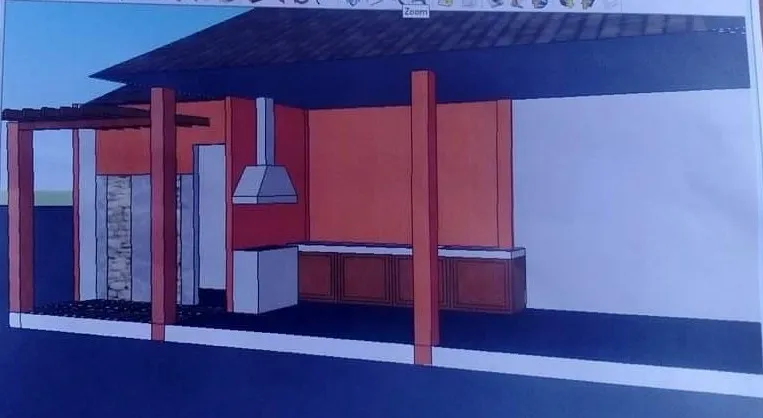
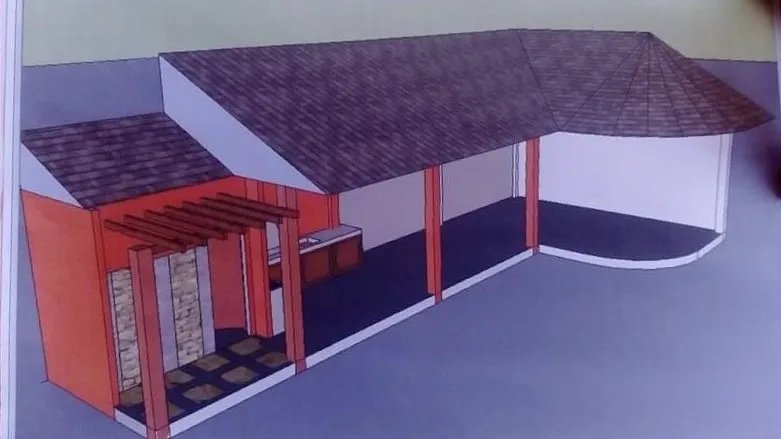
The original plan for the gazebo was to make it all bamboo to look like an extension of the house, however the Gazebo Contractor improved the design for better durability to withstand the tropical, rainy, and sometimes stormy typhoon weather.
The result was a combination of wood, bamboo, tiles and unique columns made from Tugas (Molave) wood.


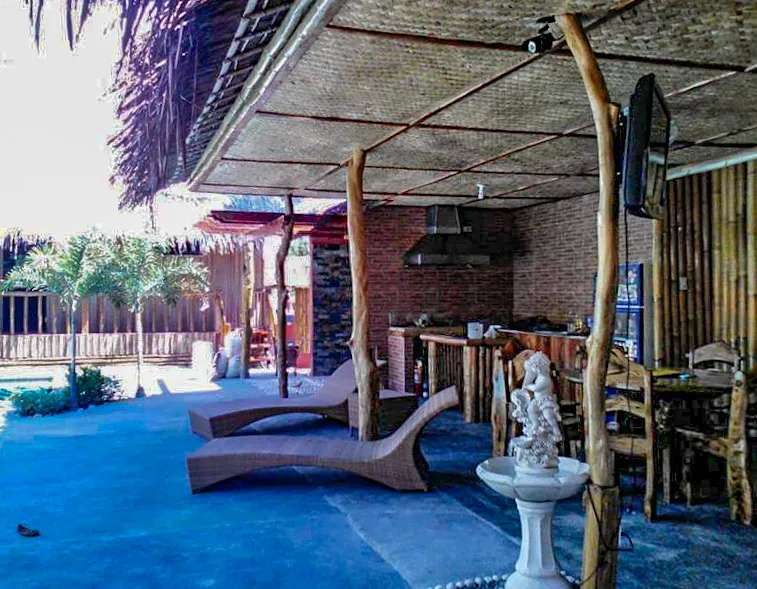

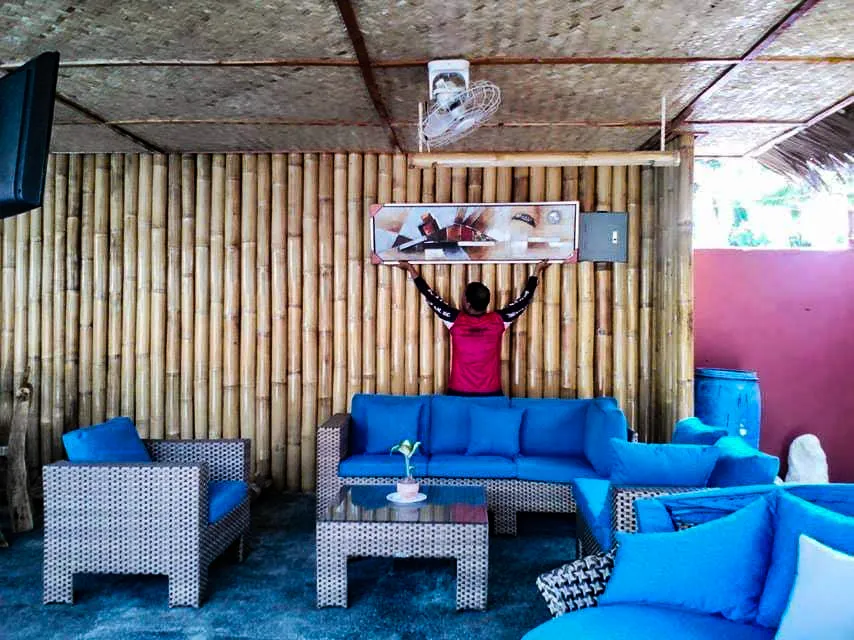

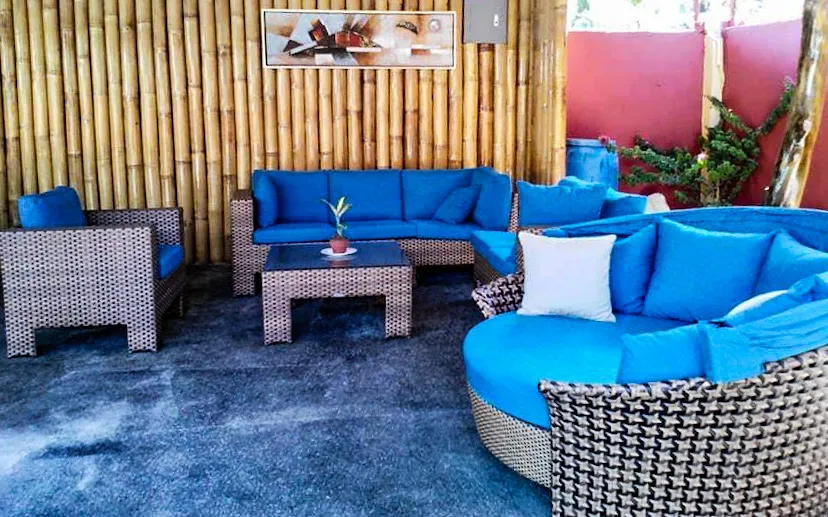
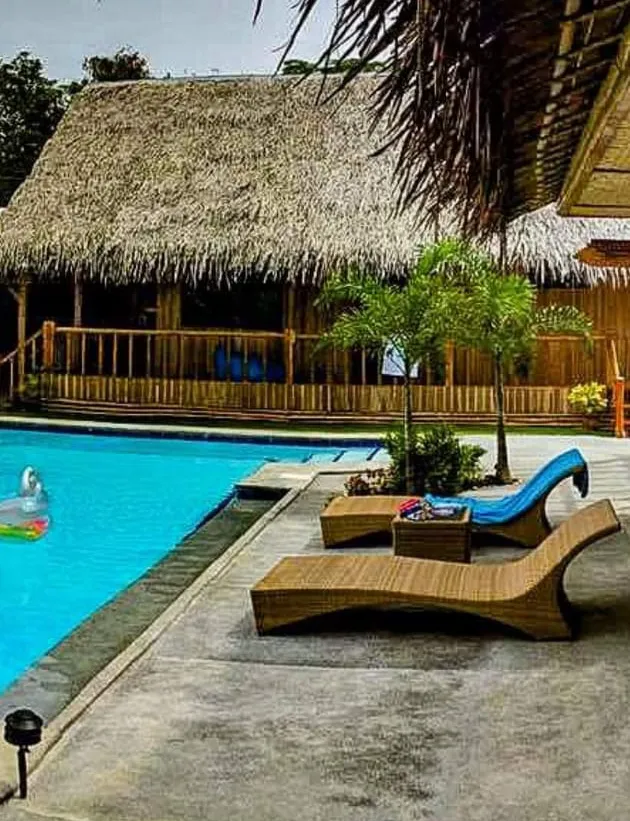
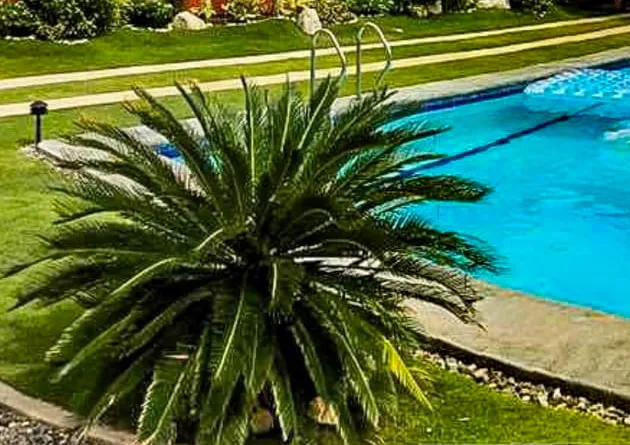
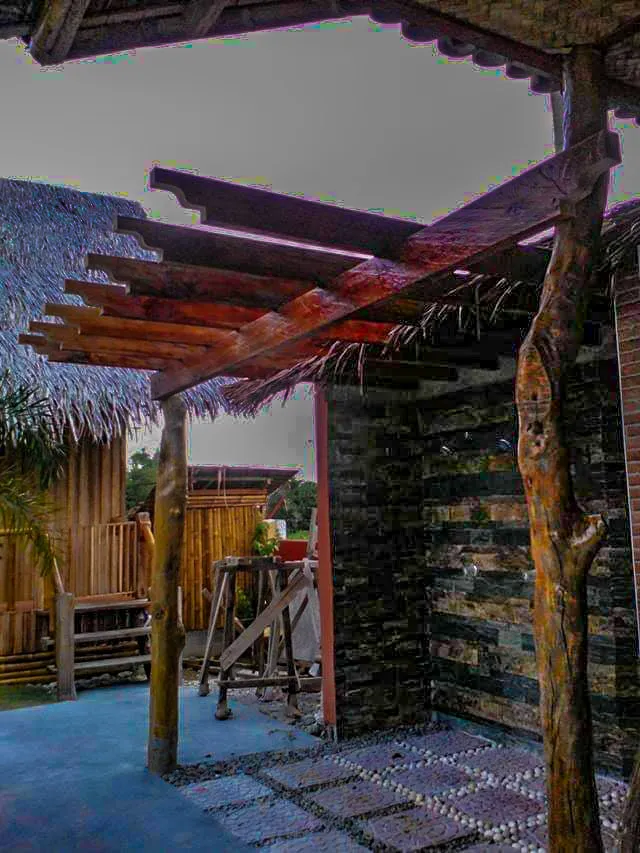
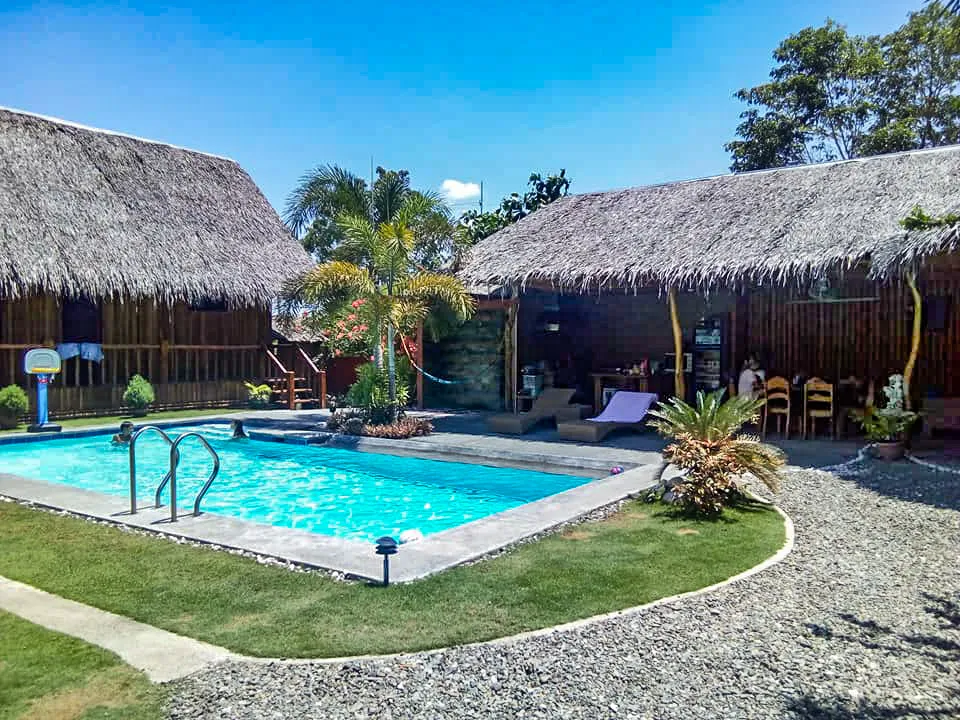
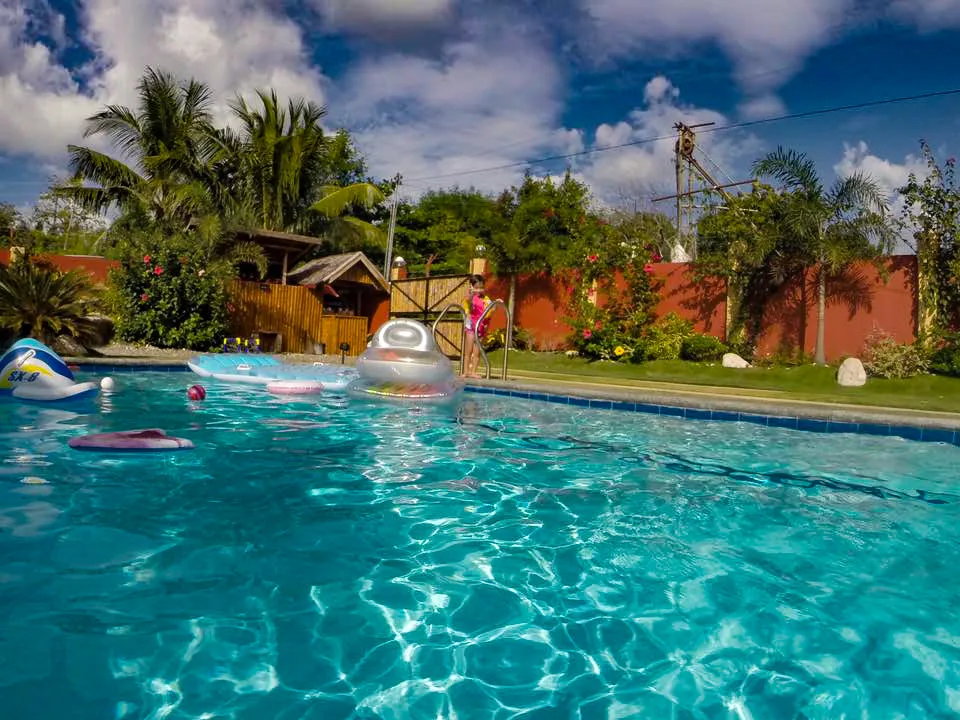
There are endless designs and options for investing in luxury Native Style Houses here in the Philippines. Whether you're using bamboo or wood, one of the key things is to source proper materials. For example, the bamboo needs to be mature and harvested during certain months in the year. It is customary for locals to treat the bamboo by tying them together and leaving them in the sea for about 10 days, then you still need to use the wood preservative Solignum to treat the bamboo and all wood, to prevent termites and insect infestations.
All workmanship by native Filipinos from across the Philippines
Do you have an answer to the big question?
Would you trade your conventional house for a luxury Nipa Hut - a Native Filipino House?
